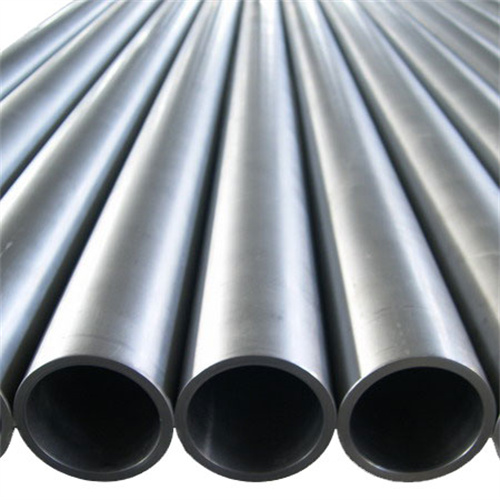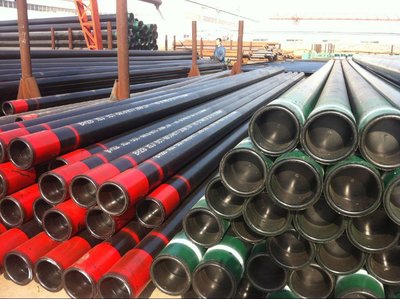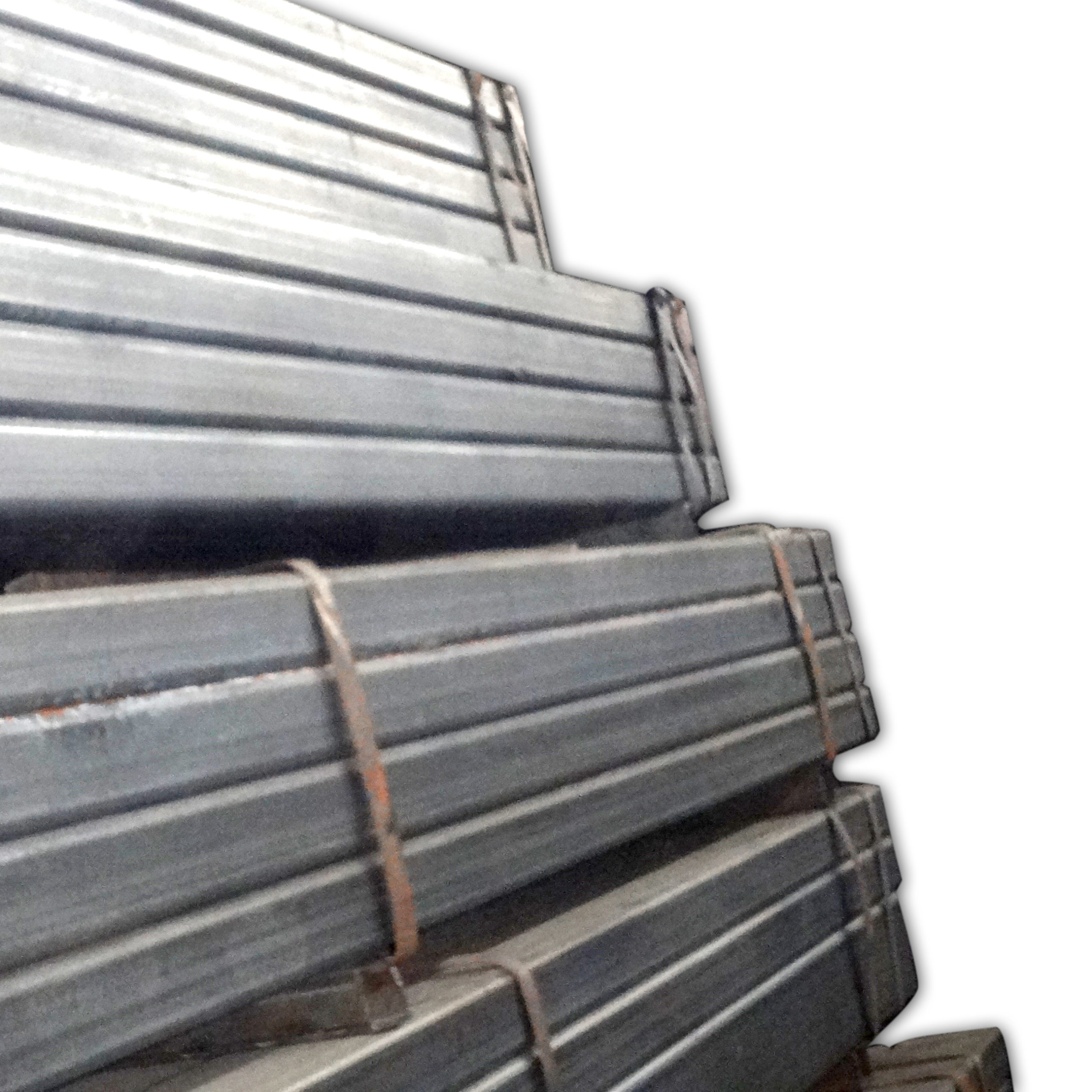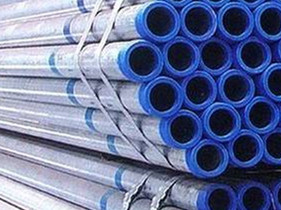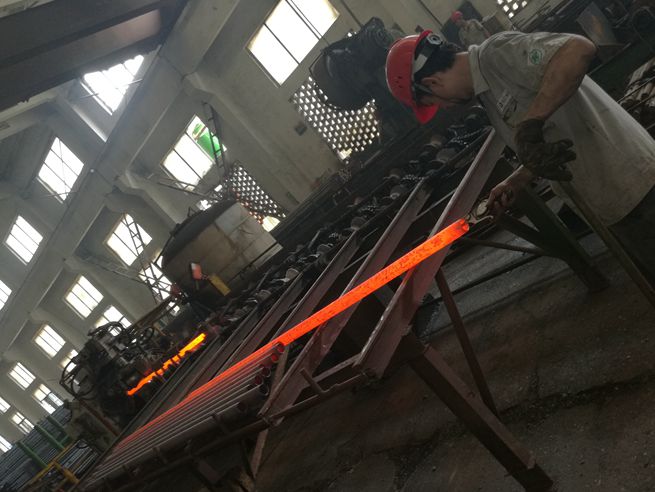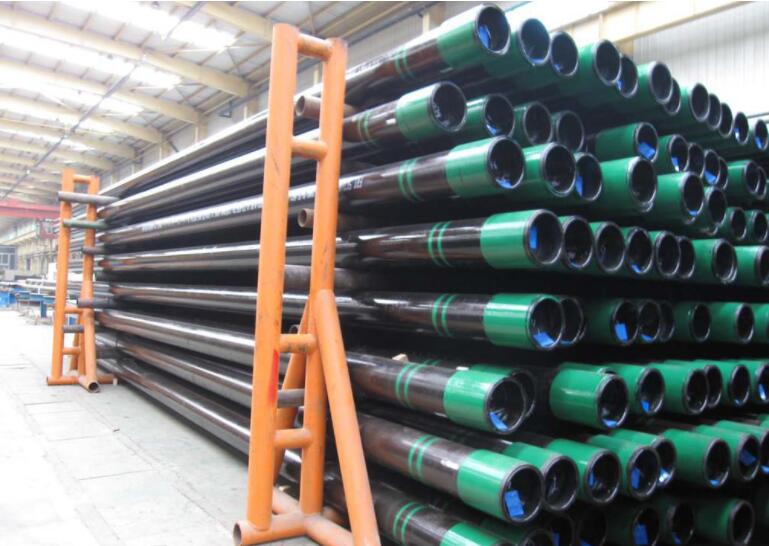مزايا استخدام أنابيب الصلب غير الملحومة الكربونية في التطبيقات الصناعية
بالإضافة إلى ذلك، تتميز الأنابيب الفولاذية غير الملحومة المصنوعة من الكربون بمقاومة عالية لفشل الكلال، مما يجعلها مناسبة للتطبيقات التي تتضمن التحميل الدوري أو الاهتزاز. يقوم الهيكل السلس بتوزيع الضغط بالتساوي في جميع أنحاء الأنبوب، مما يقلل من خطر التشققات والكسور الناتجة عن الإجهاد. تعتبر مقاومة التعب هذه مفيدة بشكل خاص في صناعات مثل صناعة الطيران والسيارات والآلات، حيث تتعرض المكونات لدورات ضغط متكررة أثناء التشغيل. باستخدام الأنابيب الفولاذية غير الملحومة الكربونية، يمكن للمصنعين ضمان موثوقية وسلامة منتجاتهم على المدى الطويل.
في الختام، لا يمكن إنكار مزايا استخدام الأنابيب الفولاذية غير الملحومة الكربونية في التطبيقات الصناعية. إن قوتها الاستثنائية، ومقاومتها للتآكل، ودقة الأبعاد، وتعدد الاستخدامات، ومقاومة التعب تجعلها لا غنى عنها لمجموعة واسعة من الصناعات. سواء كان الأمر يتعلق بنقل السوائل تحت ضغط عالٍ، أو تحمل البيئات المسببة للتآكل، أو تلبية متطلبات الأبعاد الدقيقة، فإن الأنابيب الفولاذية غير الملحومة الكربونية توفر حلاً موثوقًا وفعالاً من حيث التكلفة. يجب على المشغلين الصناعيين الذين يتطلعون إلى تحسين الأداء وتقليل الصيانة وتعزيز السلامة أن يفكروا في دمج الأنابيب الفولاذية غير الملحومة الكربونية في أنظمتهم.
العوامل التي يجب مراعاتها عند اختيار أنابيب الصلب غير الملحومة الكربونية لمشاريع محددة
هناك اعتبار حاسم آخر وهو درجة المواد للأنابيب الفولاذية غير الملحومة الكربونية. تتوفر الأنابيب الفولاذية في درجات مختلفة، كل منها يقدم خصائص ميكانيكية وتركيبات كيميائية مختلفة. يعتمد اختيار الدرجة المناسبة على عوامل مثل قوة الشد المطلوبة، وقوة الخضوع، ومقاومة التآكل. يمكن أن يساعد التشاور مع مهندس المواد أو مورد الصلب في تحديد الدرجة الأكثر ملاءمة لمتطلبات المشروع.
بالإضافة إلى درجة المواد، يجب أيضًا تقييم أبعاد ومواصفات الأنابيب الفولاذية غير الملحومة الكربونية بعناية. يتضمن ذلك عوامل مثل قطر الأنبوب وسمك الجدار والطول. يجب أن تتوافق الأبعاد المختارة مع متطلبات تصميم المشروع والاعتبارات الهيكلية. علاوة على ذلك، يعد الالتزام بمعايير ولوائح الصناعة أمرًا ضروريًا لضمان التوافق والامتثال لإرشادات السلامة.
علاوة على ذلك، من الضروري مراعاة عملية التصنيع المستخدمة لإنتاج الأنابيب الفولاذية غير الملحومة الكربونية. يتم تصنيع الأنابيب غير الملحومة من خلال عمليات الدرفلة على الساخن أو السحب على البارد، ولكل منها مزاياها وقيودها. تُعرف الأنابيب المدرفلة على الساخن بخصائصها الميكانيكية الفائقة وأقطارها الأكبر، مما يجعلها مناسبة لتطبيقات الضغط العالي. من ناحية أخرى، توفر الأنابيب المسحوبة على البارد تفاوتات أكثر إحكامًا في الأبعاد وتشطيبات سطحية أكثر سلاسة، مما يجعلها مثالية للتطبيقات الهندسية الدقيقة.
هناك عامل آخر يجب مراعاته وهو المعالجة السطحية والتشطيب للأنابيب الفولاذية غير الملحومة الكربونية. يتضمن ذلك خيارات مثل الجلفنة، أو الطلاء، أو الطلاء، والتي يمكن أن تعزز مقاومة التآكل وتطيل عمر الأنبوب. يعتمد اختيار المعالجة السطحية على بيئة التشغيل والتعرض للعناصر المسببة للتآكل مثل الرطوبة أو المواد الكيميائية أو المواد الكاشطة.
بالإضافة إلى ذلك، لا ينبغي إغفال الاعتبارات اللوجستية مثل التوفر والمهل الزمنية والتكلفة عند اختيار الأنابيب الفولاذية غير الملحومة الكربونية. لمشروع. يعد ضمان شراء المواد المطلوبة وتسليمها في الوقت المناسب أمرًا ضروريًا لجدولة المشروع والكفاءة الشاملة. علاوة على ذلك، فإن تقييم التكلفة الإجمالية للملكية، بما في ذلك نفقات الصيانة والاستبدال، يمكن أن يساعد في اتخاذ قرارات مستنيرة فيما يتعلق باختيار مواد الأنابيب.
أنابيب الصلب السورية
في الختام، اختيار الأنابيب الفولاذية غير الملحومة الكربونية المناسبة لمشاريع محددة يتطلب دراسة متأنية لمختلف العوامل، بما في ذلك متطلبات المشروع، ودرجة المواد، والأبعاد، وعملية التصنيع، والمعالجة السطحية، والاعتبارات اللوجستية. ومن خلال أخذ هذه العوامل في الاعتبار والتشاور مع الخبراء في هذا المجال، يمكن لمديري المشاريع والمهندسين ضمان الأداء الأمثل والمتانة والفعالية من حيث التكلفة في مشاريعهم.
When embarking on a project that requires the use of carbon Seamless steel Pipe, selecting the right type can significantly impact the success and longevity of the endeavor. Several factors come into play when making this decision, ranging from the project’s requirements to the properties of the steel itself. Understanding these considerations is crucial for ensuring optimal performance and efficiency.
First and foremost, it is essential to evaluate the specific requirements of the project at hand. Factors such as the intended application, operating conditions, and environmental factors all play a role in determining the most suitable carbon seamless steel pipe. For example, projects involving high-pressure or high-temperature applications will require pipes with greater strength and heat resistance.
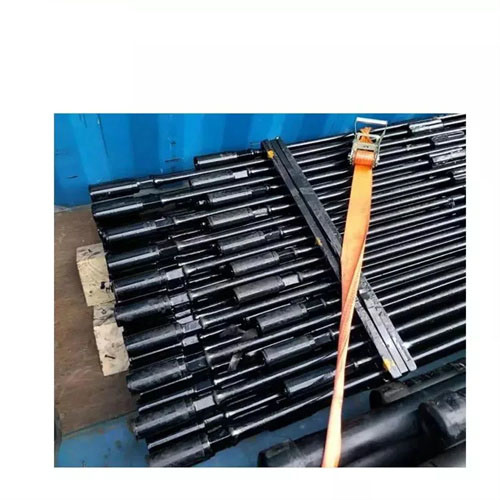
Another critical consideration is the Material grade of the carbon seamless steel pipe. Steel pipes are available in various grades, each offering different Mechanical properties and chemical compositions. The selection of the appropriate grade depends on factors such as the desired Tensile strength, Yield strength, and Corrosion resistance. Consulting with a materials engineer or steel supplier can help determine the most suitable grade for the project’s requirements.
In addition to material grade, the dimensions and specifications of the carbon seamless steel pipe must also be carefully evaluated. This includes factors such as the Pipe diameter, Wall thickness, and Length. The dimensions chosen should align with the project’s design requirements and structural considerations. Moreover, adherence to industry standards and regulations is essential to ensure compatibility and compliance with safety guidelines.
Furthermore, it is crucial to consider the manufacturing process used to produce the carbon seamless steel pipe. Seamless pipes are manufactured through either Hot rolling or cold drawing processes, each with its advantages and limitations. Hot-rolled pipes are known for their superior mechanical properties and larger diameters, making them suitable for high-pressure applications. On the other hand, cold-drawn pipes offer tighter dimensional tolerances and smoother surface finishes, making them ideal for precision engineering applications.
Another factor to consider is the surface treatment and finishing of the carbon seamless steel pipe. This includes options such as galvanizing, coating, or painting, which can enhance corrosion resistance and prolong the lifespan of the pipe. The choice of surface treatment depends on the operating environment and exposure to corrosive elements such as moisture, chemicals, or abrasive substances.
Additionally, logistical considerations such as availability, lead times, and cost should not be overlooked when selecting carbon seamless steel pipe for a project. Ensuring timely procurement and delivery of the required materials is essential for project scheduling and overall efficiency. Moreover, evaluating the total cost of ownership, including maintenance and replacement expenses, can help make informed decisions regarding the selection of pipe materials.
surya steel pipes
In conclusion, selecting the right carbon seamless steel pipe for specific projects requires careful consideration of various factors, including project requirements, material grade, dimensions, manufacturing process, surface treatment, and logistical considerations. By taking these factors into account and consulting with experts in the field, project managers and engineers can ensure optimal performance, durability, and cost-effectiveness in their projects.

